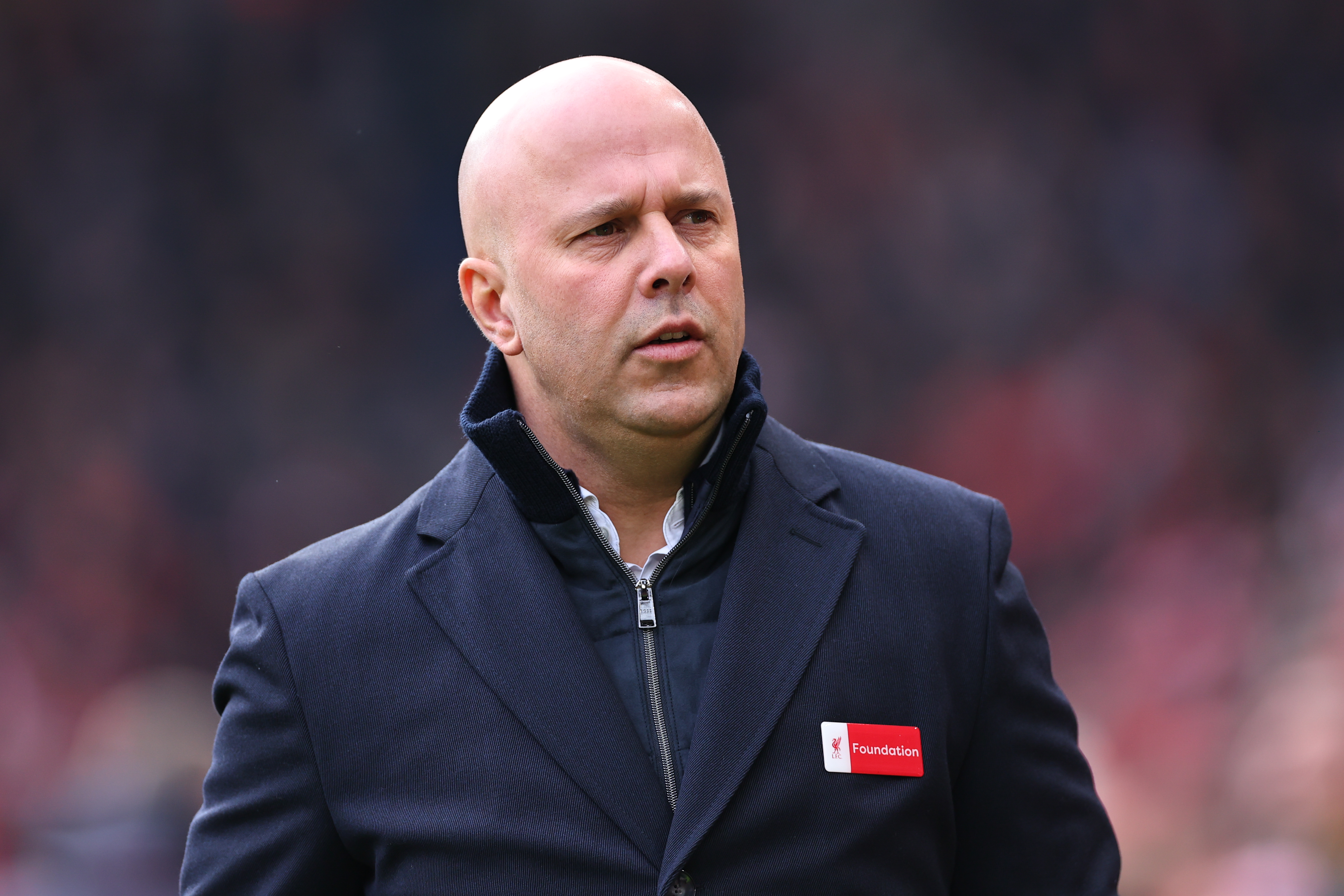Why Pippo Inzaghi may well have saved his job in January
The legendary former striker's homegrown recruitment policy could reap its rewards, writes Alasdair Mackenzie...
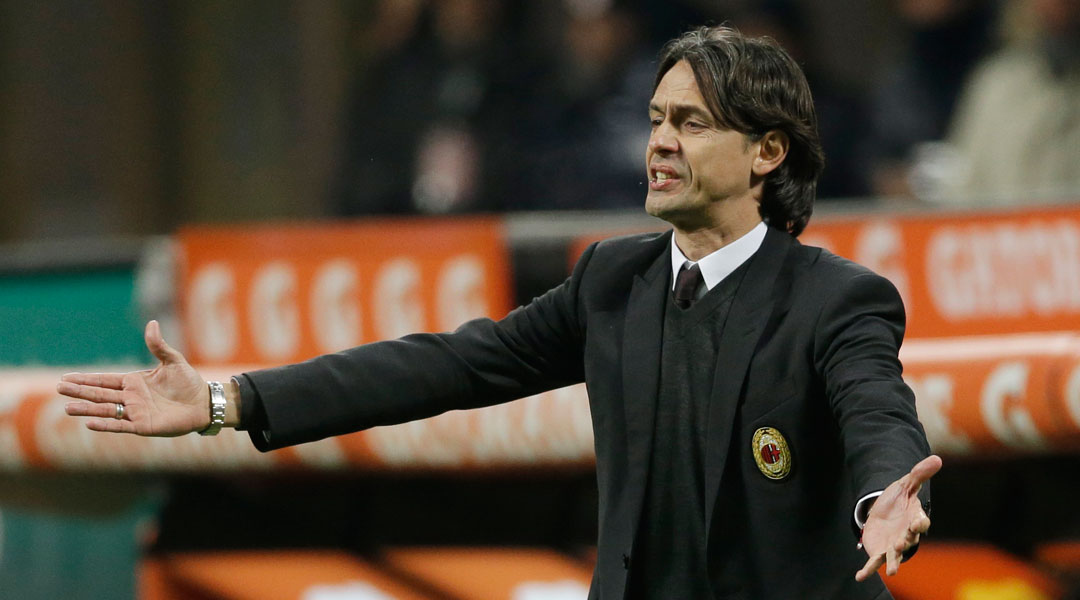
Position 8th
Played 21
Won 7
Drawn 8
Lost 6
Goals for 31
Goals against 26
Top scorer Jeremy Menez (12)
On the pitch, January was not a good month for Milan. Three defeats in four Serie A matches dispelled any suggestions of a 2015 resurgence, as they fell at home against Atalanta and Sassuolo before being beaten by Lazio twice in three days – once in the league and a second time in the Coppa Italia quarter-final.
Inzaghi may wonder how things have fallen apart so spectacularly. The former Rossoneri striker seemed to have made the transition to senior management effortlessly after his side were beaten once in their opening nine matches – and only against the all-conquering defending champions Juventus.
Milanese malaise
After this bright start the cracks began to appear. Milan’s steady slide down the table began on November 2 when they were beaten at home by Palermo, and in the 11 matches since then Inzaghi’s side have only recorded three league wins.
Keisuke Honda’s early-season form began to tail off before he left to represent Japan at the Asian Cup, leaving the side almost entirely dependent on the excellent Jeremy Menez for goals.
At the back it's been something of a mess, with Inzaghi having failed to put trust in a regular combination. Philippe Mexes’s implosion in the recent defeat to Lazio, when he put Aquile captain Stefano Mauri in a chokehold, was an almost symbolic representation of the self-destructive season Milan are enduring.
But as soon as January ended, the club got their much-needed win – albeit against the decimated Parma. A host of signings have arrived at San Siro – Alessio Cerci, Gabriel Paletta, Suso, Salvatore Bocchetti, Luca Antonelli and Mattia Destro – and that combination of new blood and victory led the club’s unpopular vice-president Adriano Galliani to publicly offer Inzaghi his vote of confidence.
Get FourFourTwo Newsletter
The best features, fun and footballing quizzes, straight to your inbox every week.
However, this weekend’s clash against Juventus offers a timely reminder for Inzaghi not to take his position for granted. Bianconeri coach Max Allegri was fired at Milan in January last year and has since led his new club to the top of Serie A, opening up a gap between the two Italian giants that has rarely been more pronounced – 21 points and eight league places separate the Old Lady from their old table-topping rivals.
Pippo's plight
Given their stunningly poor performances and the Italian tendency to lose patience with coaches at a moment’s notice, it's perhaps surprising that Inzaghi is still in a job.
The former striker is a popular figure with fans thanks to his prolific 11-year spell as a player, and his appointment having followed a successful stint with the club’s Primavera (under-19) team.
His lack of coaching experience has been a strong argument in favour of giving him the sack, but, importantly, Milan's ultras have stood behind him.
They released a statement ahead of the Coppa Italia quarter-final defeat to Lazio in which they firmly placed responsibility for the club’s failures at the feet of Galliani.
The Curva Sud group blasted criticism at “a transfer strategy made up of vastly overpaid free agents who had little or nothing to give to Milan” before calling for Galliani to be sacked.
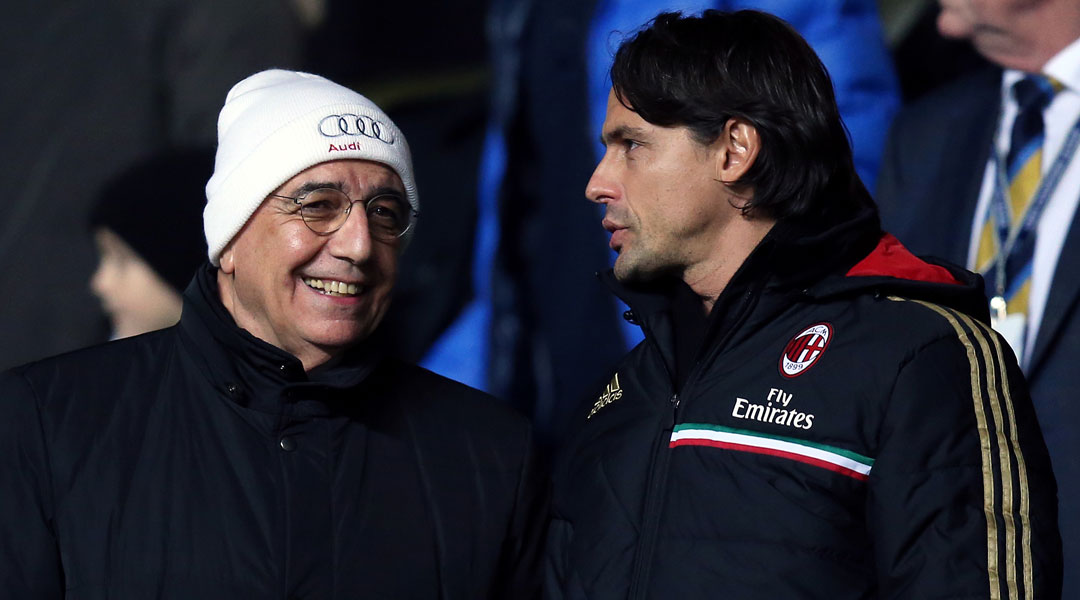
They also expressed sympathy for Inzaghi, who they described as “just yet another coach who is given a low-level squad presented as if it’s the best side in the world,” and declared that he should be “helped, supported and defended from outside attack during difficult moments”.
While the points raised are certainly convincing, there is also ammunition out there for those who wish to point the finger at the coach.
Clarence Seedorf was brought in for the second half of last season to replace Allegri, with similarly little coaching experience and a comparably poor squad. The Dutchman left at the end of the season with a 50% win record from 22 matches, but Inzaghi's own rate is just 35% from 23 games.
The Italian's defence would be that he has lost fewer matches – only seven compared to Seedorf’s nine – but the jury is still out on the 41-year-old’s ability.
Moving in the market
Signings were clearly needed in January, and, for a change, Milan turned their attentions towards homegrown talent to save their season. Five out of their six signings were Italians, as Inzaghi hunted a more patriotic core.
Juventus have had an Italian spine of Gigi Buffon, Giorgio Chiellini, Leonardo Bonucci, Andrea Barzagli, Andrea Pirlo and Claudio Marchisio in the side that has steamrollered Serie A in the last three seasons.
Looking back to Milan’s most recent Scudetto-winning team of 2011, they had a large contingent of experienced Italians at the heart of their side – see Christian Abbiati, Alessandro Nesta, Ignazio Abate, Gennaro Gattuso, Massimo Ambrosini, Andrea Pirlo and Antonio Cassano to name a few.
However, Milan’s approach since has been different, and fewer than half of the players they had fielded this season before the January market opened were Italian. Of the 10 signings they made last summer, only three were from the peninsula and just one of those, Giacomo Bonaventura, has enjoyed regular minutes.
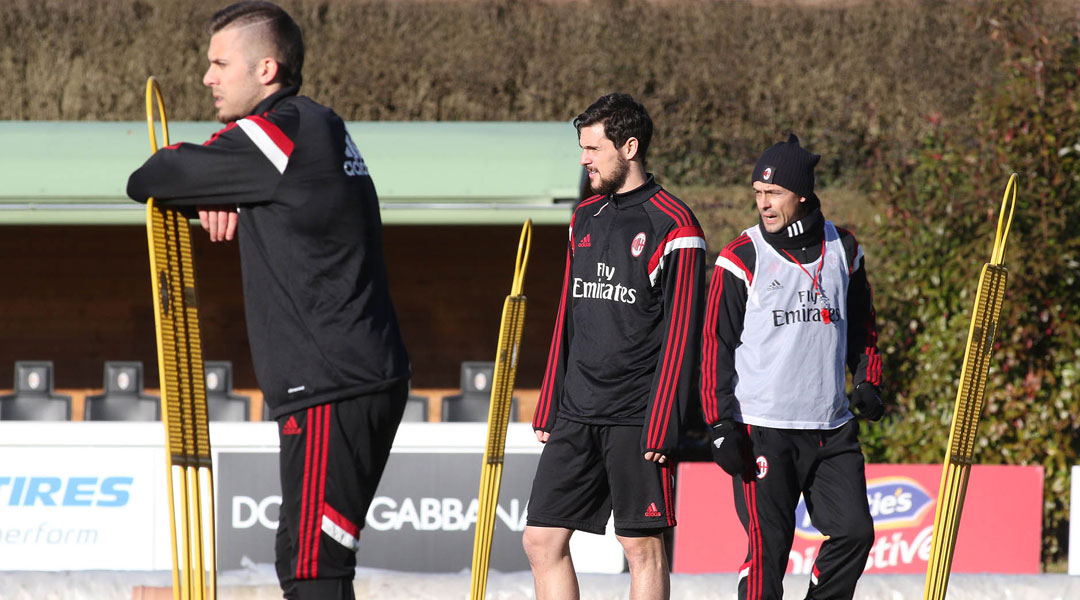
This makes Inzaghi’s choice of signings more significant than it might have first seemed. It should not be forgotten that Inzaghi himself was a member of that 2011 Scudetto-winning side, as well as the Champions League-conquering elect of 2007 that included seven Italians in the final.
Undoubtedly the coach believes this to be an important aspect of Milan’s identity. And while none of the January arrivals can claim to be true marquee signings, Inzaghi’s choice of employing motivated Italians ahead of overrated or overpriced foreign players could be what saves his job.
Across the Milan divide, Inter have gone down the alternative path by shelling out millions on talented foreigners Xherdan Shaqiri and Lukas Podolski, but their results continue to disappoint.
Not only may Milan's new faces have a greater respect for the club, but a greater respect for Inzaghi himself. The Rossoneri chief is a legend in the Italian game and, as the likes of Andre Villas-Boas and Seedorf have discovered, it can be difficult to command a dressing room with little top-level experience and a young age.
With the construction of a new Milan built on Italian identity underway and the backing of the ultras confirmed at least for now, Inzaghi can move forward into the final third of the season positively.
Next for Milan, though, is the near-unstoppable force of runaway leaders Juventus. The current gulf between the two clubs is huge, and hard on the Rossoneri fans who enjoyed the trading of blows between these two warring giants of Serie A for so long. Nevertheless, Inzaghi, with his transformation of the club in full swing, could well be moving towards narrowing the gap and avoiding the same fate as his opposite number Allegri.
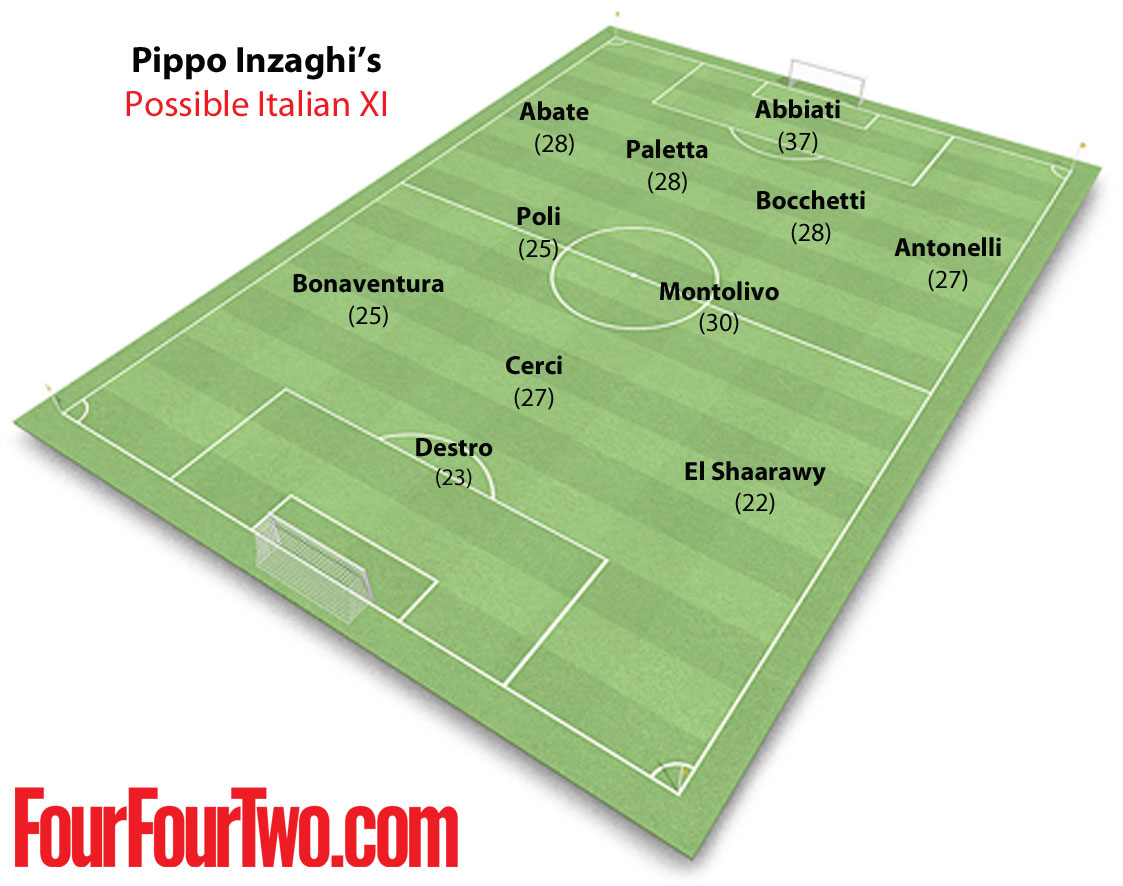
Alasdair Mackenzie is a freelance journalist based in Rome, and a FourFourTwo contributor since 2015. When not pulling on the FFT shirt, he can be found at Reuters, The Times and the i. An Italophile since growing up on a diet of Football Italia on Channel 4, he now counts himself among thousands of fans sharing a passion for Ross County and Lazio.
